02—Brand Positioning & Story
The more inspiring the story, the more inspired the design
The stories I develop for established brands like Starbucks or start-ups like Lusis are not exclusively about the brand per se. They are about the idea or cause or movement that the brand stands for. That’s why I start with an exhaustive story questionnaire—to get beyond the product or service to the higher order of why that product or service exists. What does it represent? What is its biggest why? And what are the prevailing trends or currents that run contrary to that idea? Where will that line of thinking ultimately lead? And then we talk about what “we” believe: “we” being the brand owners and anyone who stands for what the brand stands for. It’s passionate idealistic people talking to other passionate idealistic people about the things that matter to that community. Think early Apple fans. Early Porsche fans. Nerds nerding out with other nerds about the things they’re all nerdy about. That’s when the brand can speak to what they’re doing to make things right, to bring balance back into the universe. They can take a thought leadership approach, and invite everyone along for the ride.
From this standpoint, the story is an important and emotional document that is really more of a tribal or movement manifesto. It’s not as much about the brand as what the brand stands for. It’s not as much about data as much as it is the emotional center of the brand. Pathos over logos. This is the written foundation for true, deep brand loyalty.
I always present two competing narratives, accompanied by positioning lines to help tease apart directions for debate and discussion. Positioning lines often end up as taglines or headlines in applications like website, advertising, and marketing materials.
Most designers I work with on a regular basis prefer to wait until the story is approved by the client before beginning their design explorations. It gives them a clear bullseye, and the client has already signed off on the basic direction. There are, of course, infinite ways to tell a story visually, but being able to refer back to the approved written story often provides designers with more creative freedom than they may have enjoyed previously.
The Question Nearly Every Client Asks
“What is the purpose of the story? How is it to be used?” To which the answer is nearly always:
- The approved story is inspiration for the design team as they develop the visual identity
- The brand’s internal rallying cry (for staff alignment, engagement, and onboarding)
- The script for a brand video, for internal use and external marketing (YouTube, etc.).
- The About Us page, with some tweaks
- A brand book, for internal inspiration and for outbound marketing
Like Pixar/Disney, I Want the Most Emotion Possible, Because Emotion Lasts
That’s why I don’t share the stories with the clients up front, or even on the monitor as we review them the first time through. It has to be felt, not read as an essay. Clients make notes about those things that feel the most true, from both directions. And then we debate them as a team. One bullseye from 2 positions.
A Good Story Brings Inspiration & Alignment to Senior Management, Across Departments, and Increases Employee Engagement
The Moda phenomenon. Working with Ziba Design to reposition, rename, and rebrand a Portland-based HMO, ODS (formerly Oregon Dental Services, now offering so much more than dental insurance to people beyond the state of Oregon), when we presented the story, the future VP/Marketing stood up and showed everyone around the conference table her goosebumps, and exclaimed, “THAT is the place where I want to work!” The next day, their rather taciturn CEO printed a booklet with the story—verbatim. No changes. He read it aloud to the entire staff.
Dream Analysis With Founder/s & Everyone Invested in the Brand
The way my partners and I are able to hit a bullseye like that on a regular basis is by spending enough time with the people responsible for the brand, and their most enthusiastic ‘users.’ There’s just no substitute for sitting with the founders or co-founders, hearing their original impetus for starting their company. What were their wildest hopes and dreams? Their original why. Sometimes, it’s simply “to make a better product.” And it’s our job to ladder that up to a bigger, more cultural or existential why, to how that product or service might represent the making of a better world.
If the founders are long dead or unreachable, it’s time to do some archeology and learn about the brand’s origin story. (When I helped CO PROJECTS rebrand Boyd’s Coffee, we found a treasure trove in a dusty back room filled with old advertisements and packaging. I once found a similar cache in Tillamook Cheese’s archives.)
Lusis
The Lusis story, that teed up the name, was tightened slightly and made into this powerful (and inexpensive) little video by Stitzlein Studio for the Lusis home page.
Jacobsen Salt
Fredrik Averin and I were hired to help Jacobsen Salt refine their identity and packaging, as well as create new packaging for a new line of honey products. The story I developed for that project was later used as the narration for this beautiful little brand video shot and edited by WLCR in Portland. Because of my experience casting and directing actors, I found and directed the actor who did the narration.
Windermere
Another collaboration with Ziba Design. Windermere Real Estate was needing to get their high-touch mojo back as they faced increasing competition from online realty platforms like Compass. This internal video was created from a story we called the Human Algorithm, to stress Windermere’s history of over-the-top customer service. We also developed there positioning line, “All in, for you.” Again, I cast and directed the actor who did the voiceover.
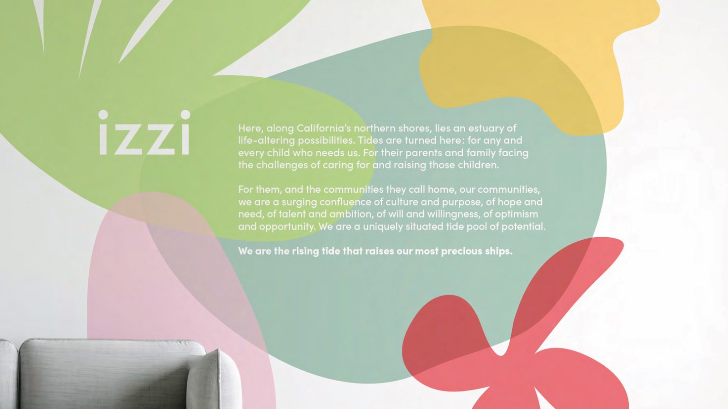
Izzi
In collaboration with Stitzlein Studio. This was the “Rising Tide” story we wrote to support and tee up the new name we developed for the Institute for Human and Social Development: Izzi.
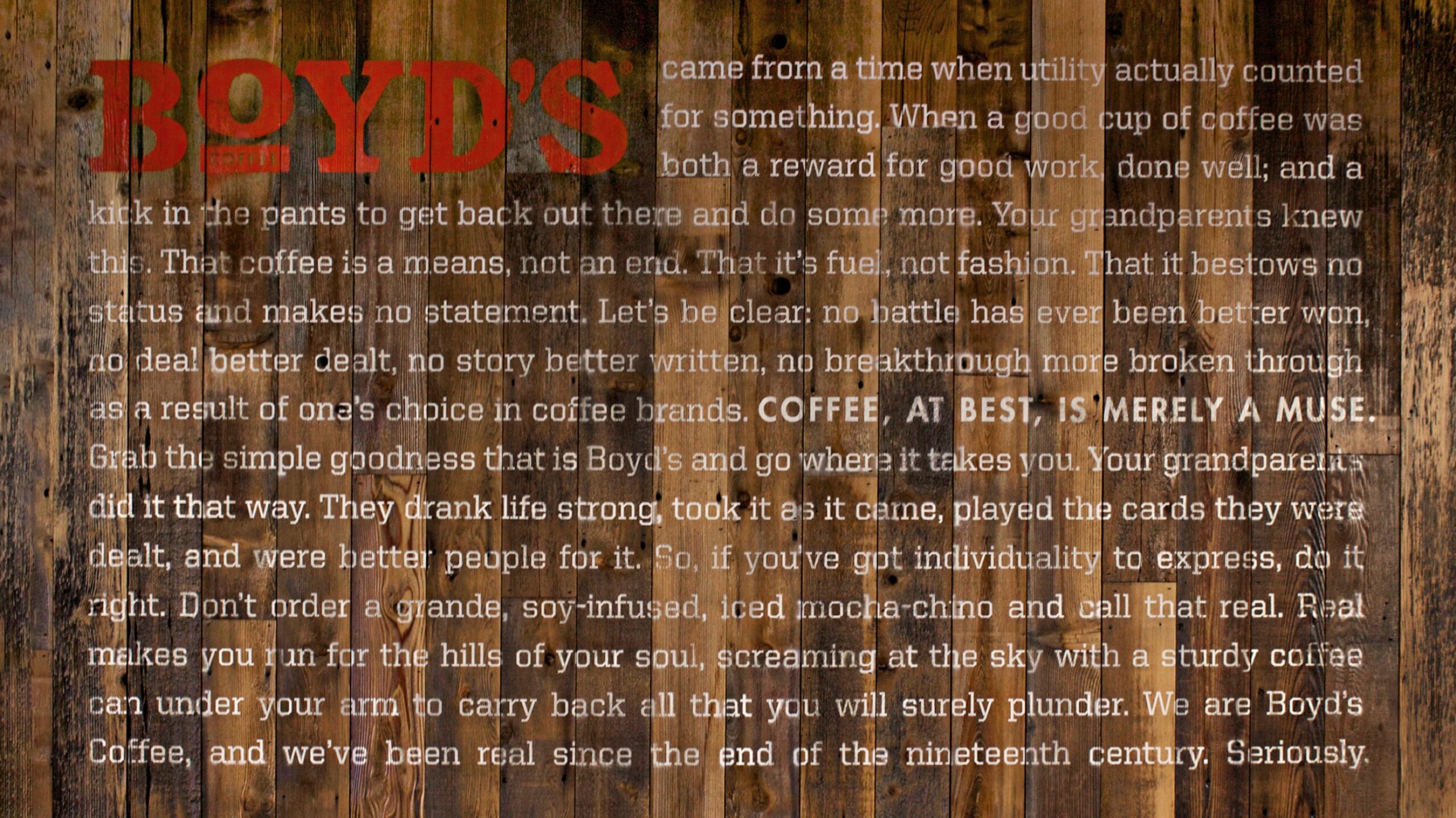
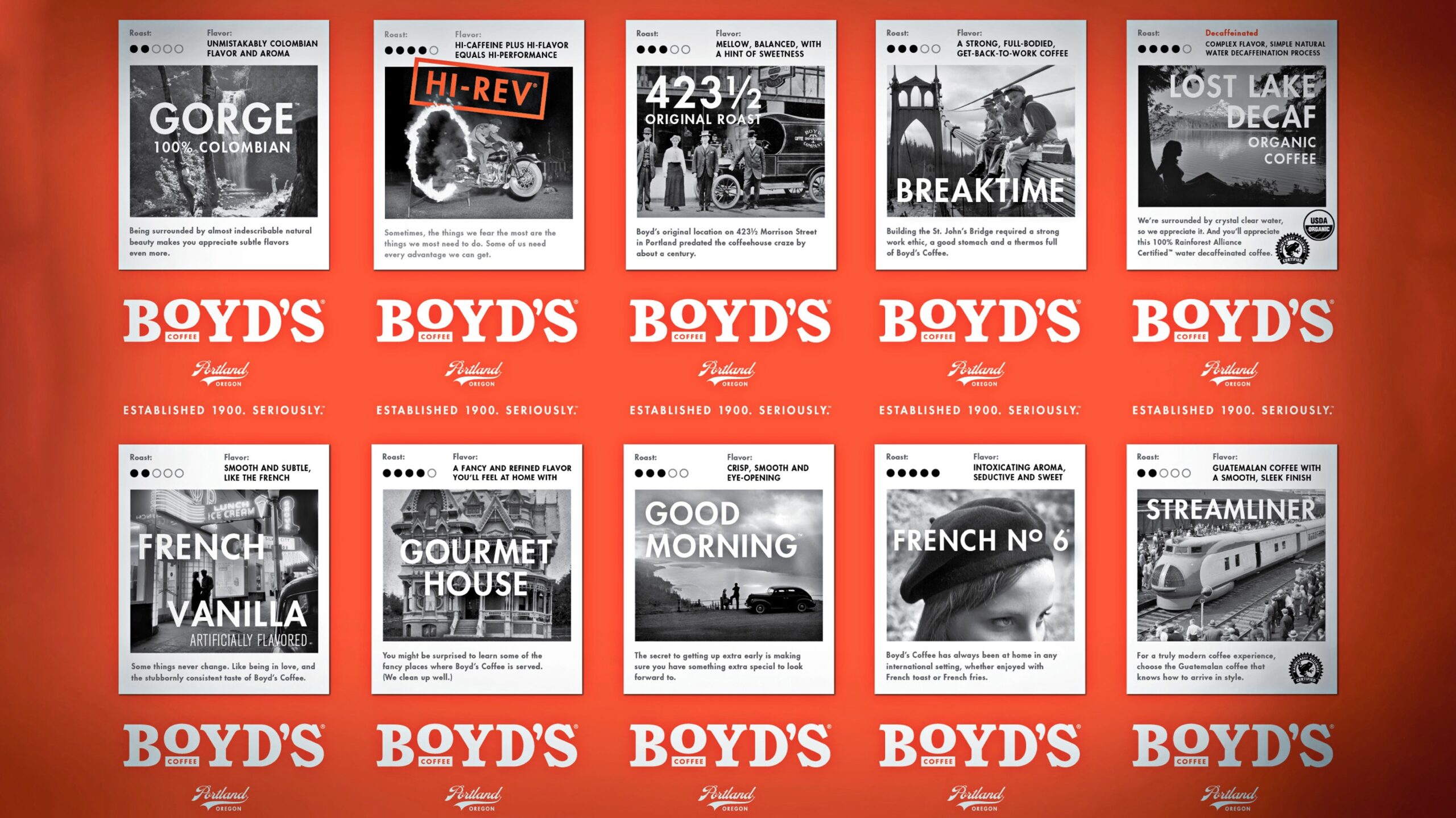
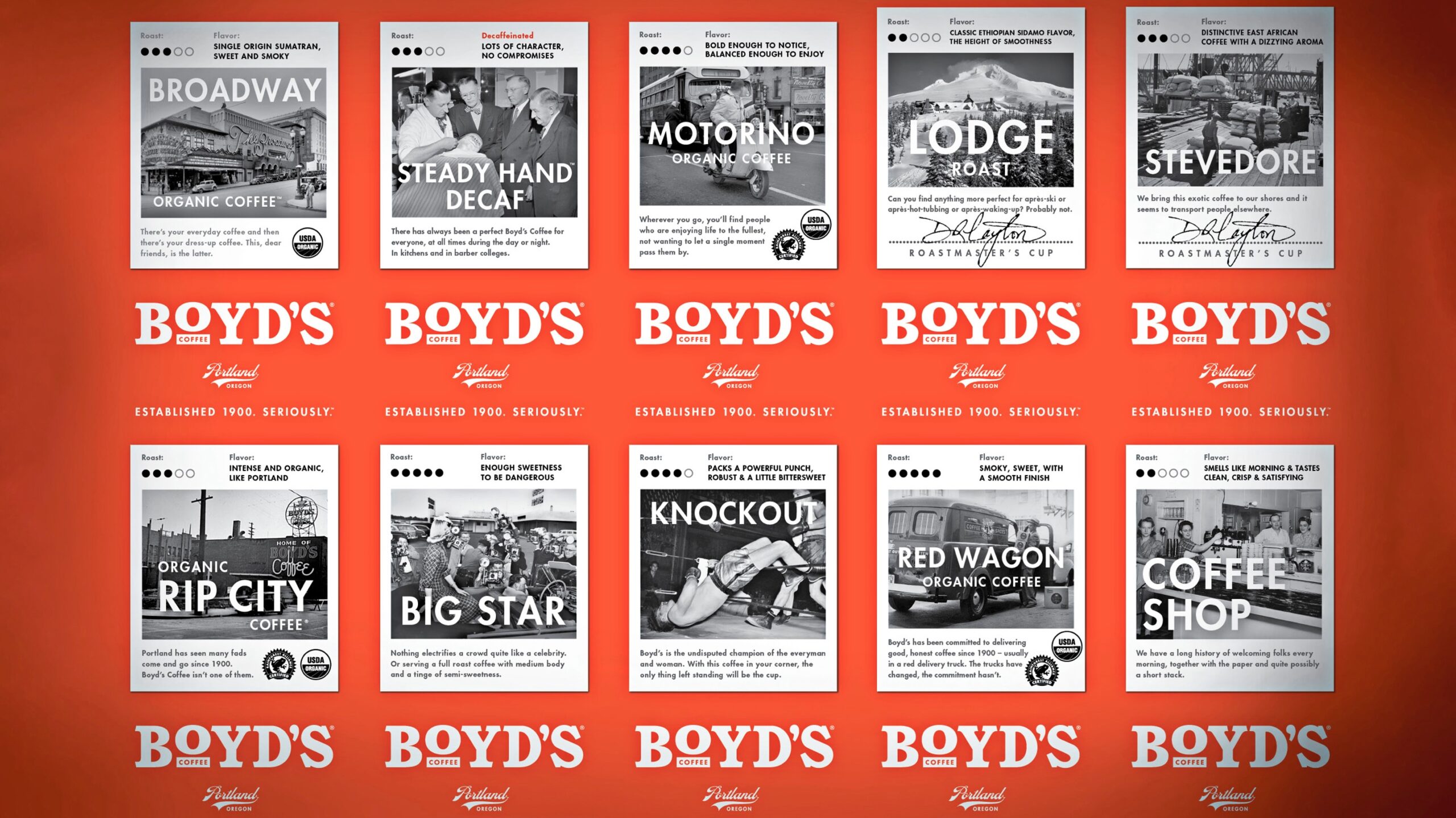
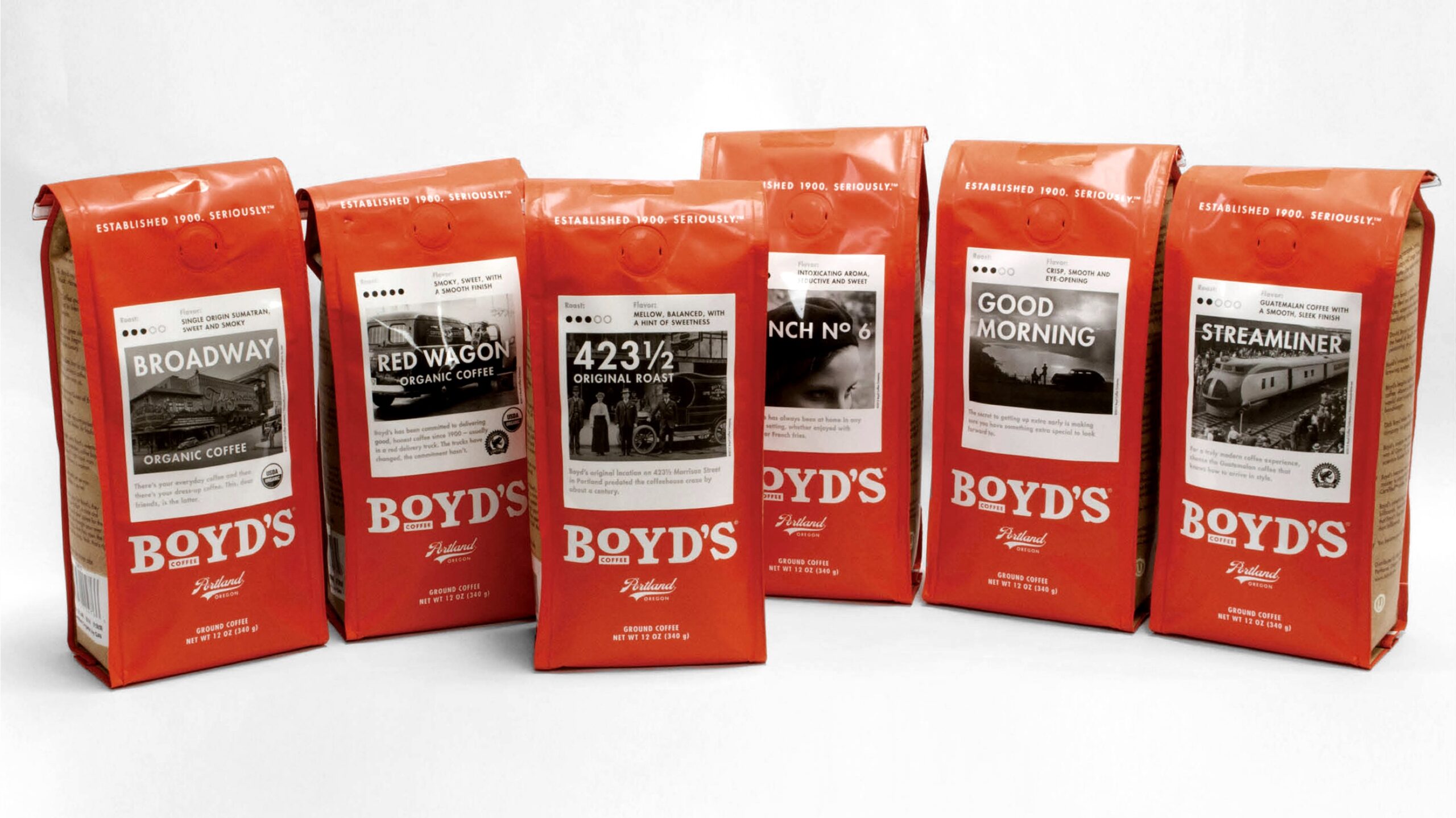
Boyd’s
In collaboration with CO PROJECTS, we developed the story for this 125-year old Portland coffee brand. It was also a product naming assignment, connecting various blends to old Portland institutions, with CO using imagery found in Boyd’s extensive archive. I created their positioning line, “Since 1900. Seriously.”